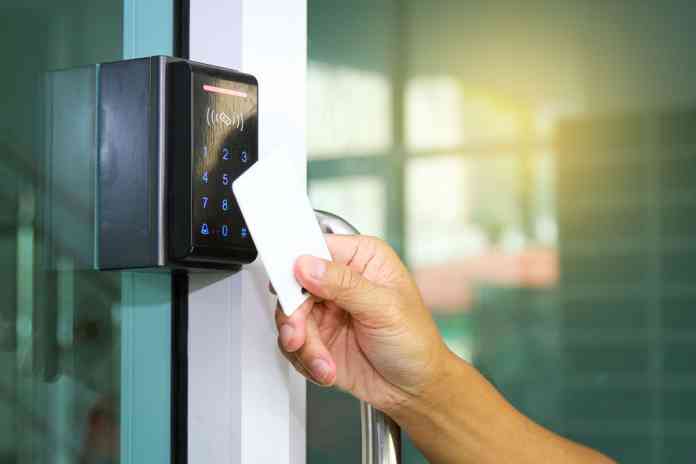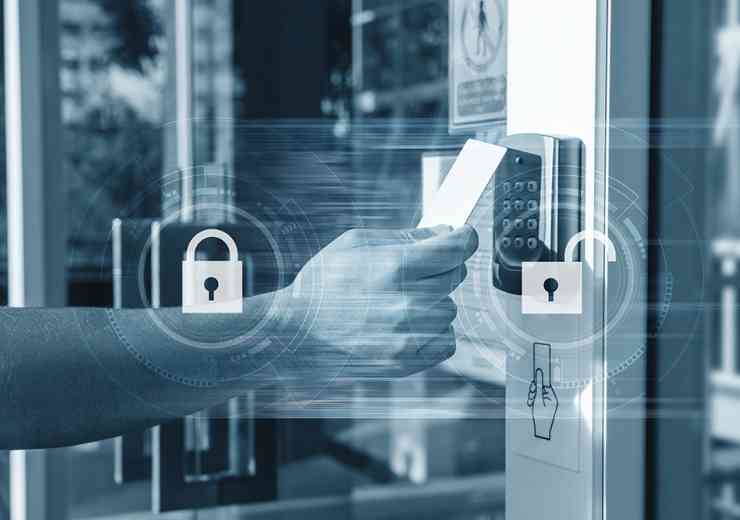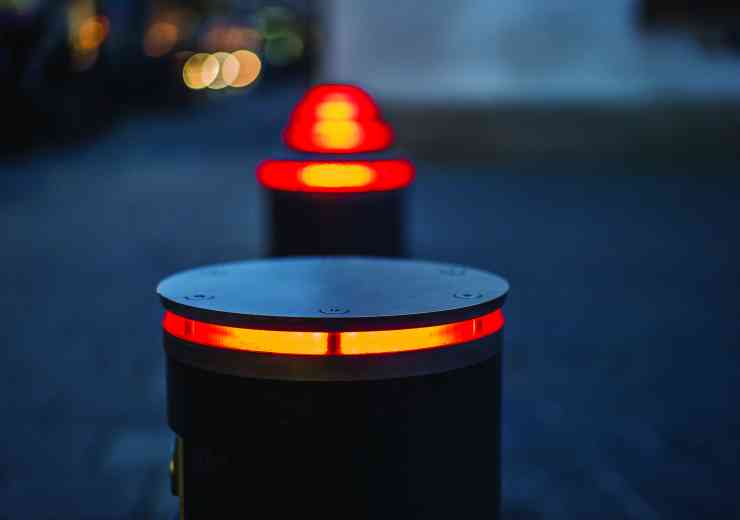
Smart access control in smart buildings
While the idea of smart buildings may not have been popular for that long, smart access control has been around for a while – pinpads, keycards, facial recognition etc. and the technology is only getting better.
A smart building utilises advanced technology and automation systems to enhance the efficiency, sustainability, and overall functionality of the building. The systems that are used are designed to optimise certain areas such as energy usage, management, comfort, and security. Access control is an important consideration for any building to protect occupants from physical threats and to protect secure areas and critical infrastructure from unauthorised access. However, it is important that this process is frictionless and efficient, to save time and keep users happy.
There are many different options when it comes to smart access control and it is important to consider what is right for your building. Remember the solution should be scalable, as what is right now, may not be in the future. Access control nowadays incorporates technology such as smart locks, cloud control, biometrics and facial recognition.
The technology can be installed at the front door of a building, but also at floor or room level where different levels of access are required. A simple example of this kind of design would be a hospital, where different people (patients, clinicians, cleaners, porters) would need different levels of access to different rooms. Pharmacists need access to medicines, but cleaning personnel should not have this access. On the other hand, access to cleaning supplies should be reserved for cleaning teams only. Smart access control has the ability to grant or deny access to individuals to any area.
Benefits
Smart access control offers many benefits. First and foremost is better security. The technology keeps a record of exactly who is in the building at what times and can track security threats in real time.
Smart access control offers the possibility of earlier risk assessment and management, with a better idea of potential risks. Smart systems can assess the likelihood of security issues ahead of time.
Smart security systems mean that you don’t always need physical security staff or door teams in the buildings when they are open. While it is still a good idea to have at least some presence should an incident occur, you can consider downsizing or reskilling your team for other tasks.
Should an incident occur, whether this be a terror attack or a fire for example, a smart access control system will let you know who was in the building when the incident happened, so you can make sure everyone is accounted for.
Data can also be used to gather information about the building, for example how many people are there on which days and what time of day. This means you can consider making changes to other aspects of building management. For example, if Mondays are usually quiet, you can schedule maintenance for that day.
Tailgating
Technology is available that can block tailgating attempts in real time. Notifications can also be sent to the security team, so they can take swift action.
Timings
If you have one-off or sporadic visitors to the building, for example interviewees, maintenance workers or delivery people, you can set an expected period of time for their visit. This means they won’t be able to have unauthorised access to the building after their agreed visit. Access control can also be integrated with other aspects of building control. For example, when the first person enters the building or room, the lights go on and when the last person leaves, the lights go off and the heating goes down. This goes hand-in-hand with sustainability and net zero goals.
Touchless
In a post-pandemic world, infection control and people’s health are an important consideration and visitors and building occupants will want to know that this is being addressed by building management. Eliminating the need to make contact with a touchpoint creates a more hygienic environment.
Risks
On the other hand, it is important to consider the negatives of smart access control. Number one being technology failure. Make sure you know what will happen in the event of an internet or power outage. If this renders your system useless, make sure you have a back-up plan. As with any electronic, internet/cloud-based system, there is also the risk of a cyber attack. Make sure that all your cybersecurity processes and systems are up to date and regularly checked to make sure this does not happen. One of the most important benefits of smart access control is making life easier for people, whether this be occupants and visitors or the security staff themselves. Swift and efficient entry is great for those using the building and less time spent on security checks and check-ins can free up staff for other tasks. The data gathered from the system can also be utilised by building management. Where it previously may have been time-consuming to gather data on building occupancy rates for example, smart access control systems will do this for you.














